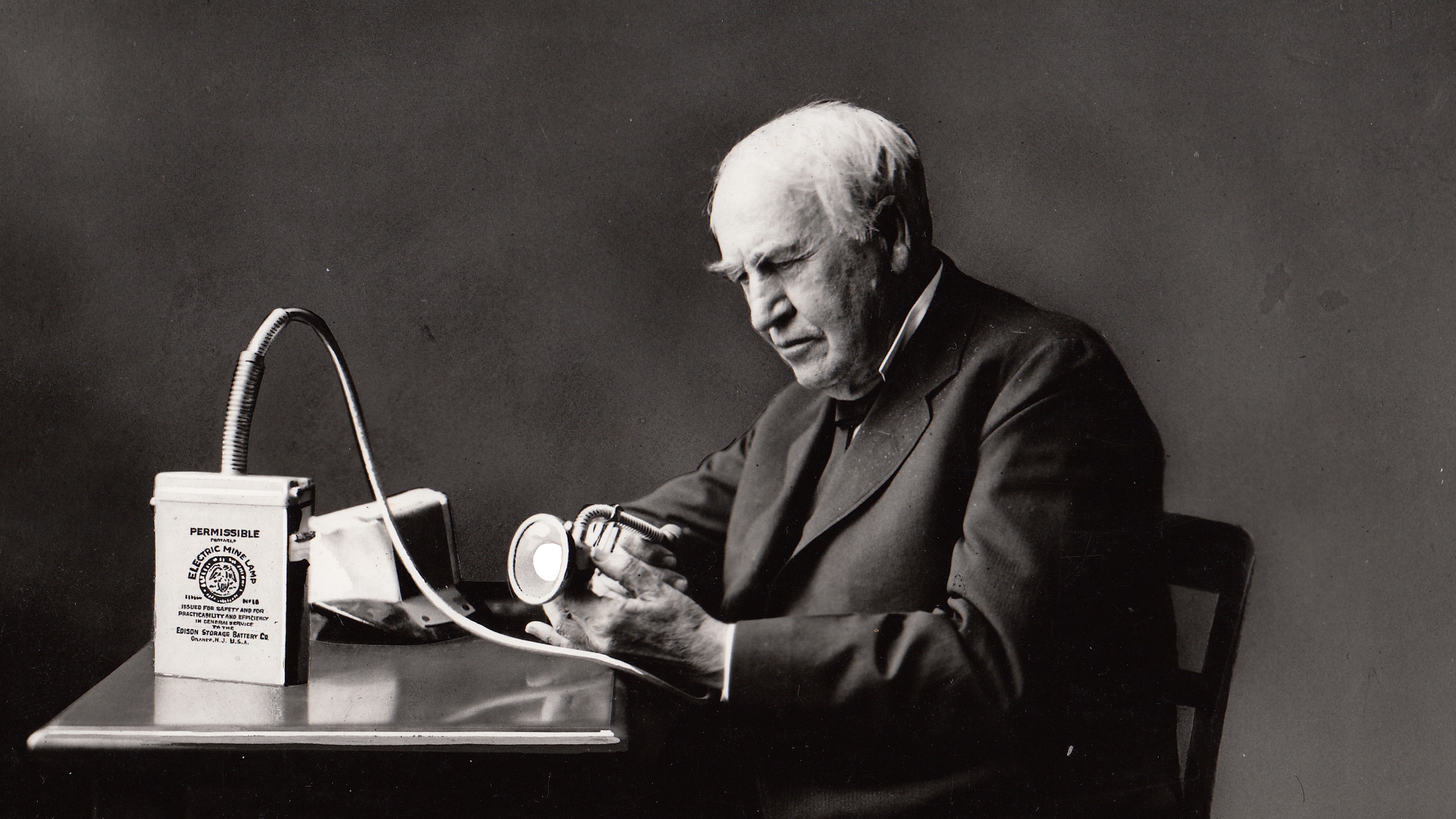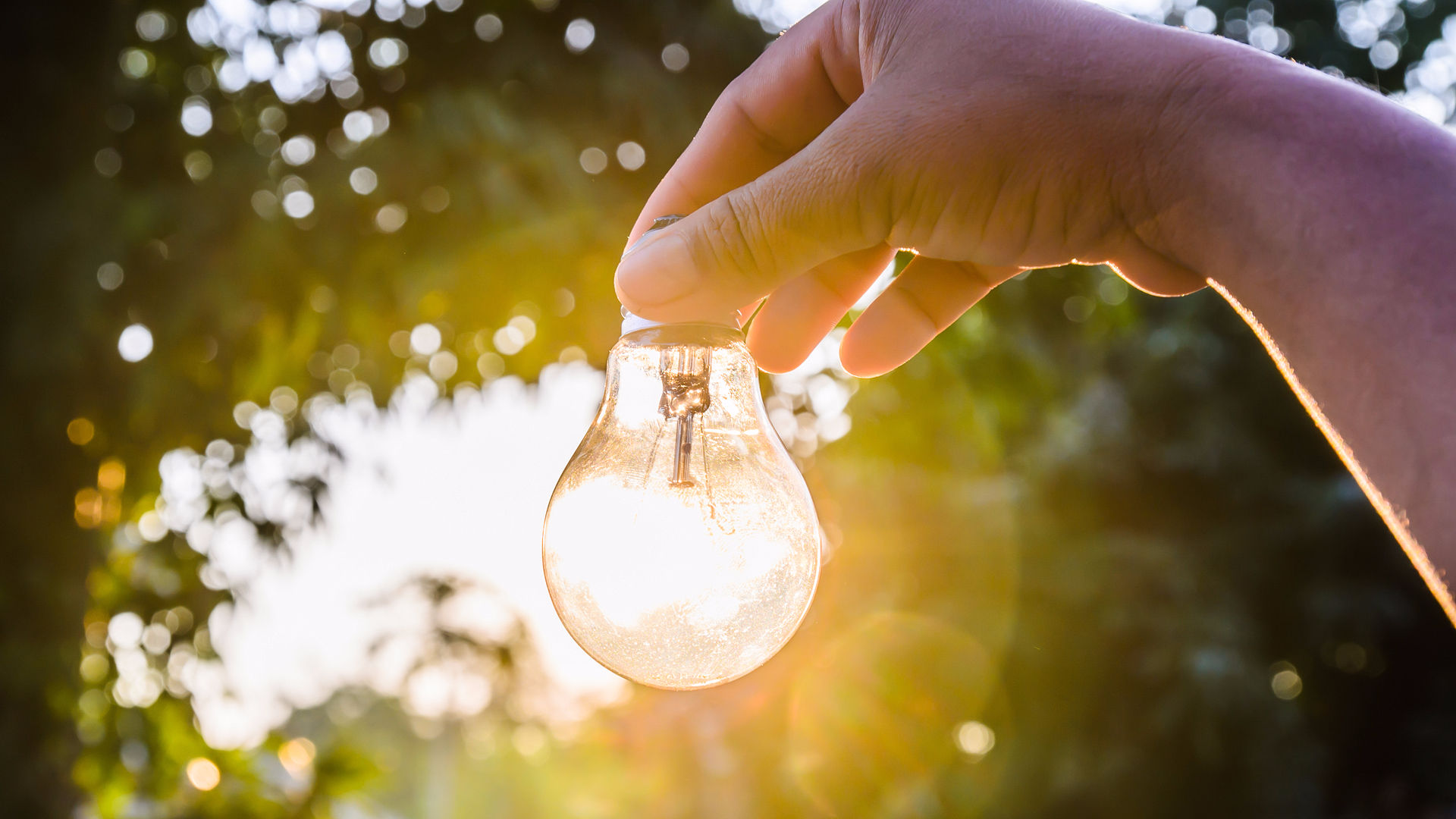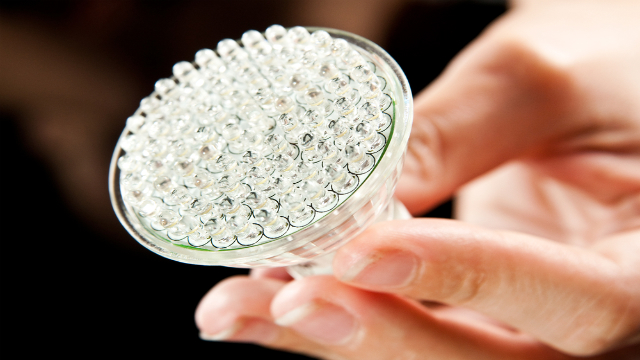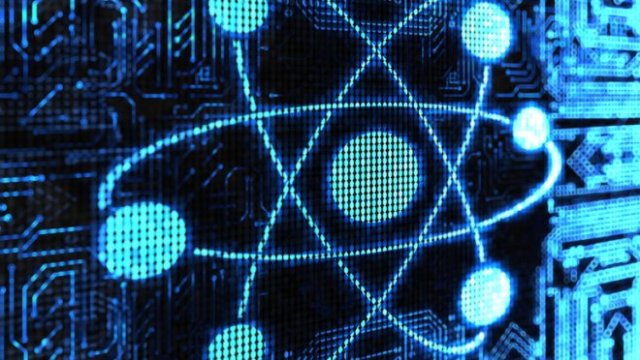The New Technology of Light
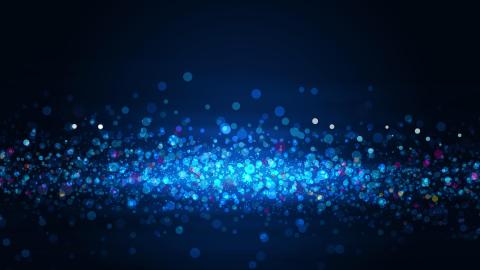
What’s the Latest Development?
130 years after Thomas Edison created the lighting industry with his invention of the incandescent bulb, digital technology is creating novel uses for the unique properties of light. “Innovations on the horizon range from smart lampposts that can sense gas hazards to lights harnessed for office productivity or even to cure jet lag. Digital lighting based on light-emitting diodes—LEDs—offers the opportunity to flit beams delicately across stages like the San Francisco-Oakland Bay Bridge” creating an elegant light sculpture. Energy savings remains a major goal and thanks to recent advances, developers say energy savings will no longer come at the cost of light quality.
What’s the Big Idea?
Major practical applications of new lightening technology will soon be seen in offices and hospitals. In offices, better lighting can improve productivity. New systems optimize the illumination for the task you’re doing. “If you sat at your desk to use the computer, maybe the overhead light would dim, increasing the contrast so you could see better. Other lights could go to an energy-saving hue.” In hospitals, the psychological impacts of lights are under consideration. Researchers have created, for example, “a blue-light-emitting poultice to relieve muscle pain by releasing the nitric oxide in the patient’s system, stimulating blood flow.”
Photo credit: Shutterstock.com
